" Before the eighties had fully taken hold of the aesthetic; long before the availability of factory specced adventure tourers; before bloat-tanked Ténérés had littered the byways of Europe and beyond; before superbikes with full fairings and colourways "

5 Off-Road Icons inspired by the Paris Dakar rally
a fistful of our favourite machines that go everywhere, fast
Yamaha Ténéré
We first saw these beauties in Southern Spain around 1986. They were ridden by the coolest looking Frenchmen in the world. When I saw these guys they were en route to the ferry to Morocco. A life long obsession was therefore guaranteed. The R80GS may have defined victory in the very early stages of the Dakar cult – but it was Yamaha’s swollen tanked Ténéré series that we fell in love with. The ‘XT’ dual purpose bikes that the Ténéré was derived from were the first production bikes truly calibrated for proper off road action and the suburban streets. The Ténéré was an XT turned up to 11, a superstar in the looks department. They came with hi-contrast paintwork in either red and white or blue and yellow. The name comes from the Ténéré desert, a tricky section of the Dakar rally. Those syllables carry a certain magic. It whispers of exoticism and panache. By the late stages of the initial series, the Ténéré had all the period plastic add-ons that defined the brash era. Our fave is actually the late eighties version, which came with dual headlights (pictured). We think white plastic disc guards are the a simple mod that you can make to turn your bike into a period masterpiece.
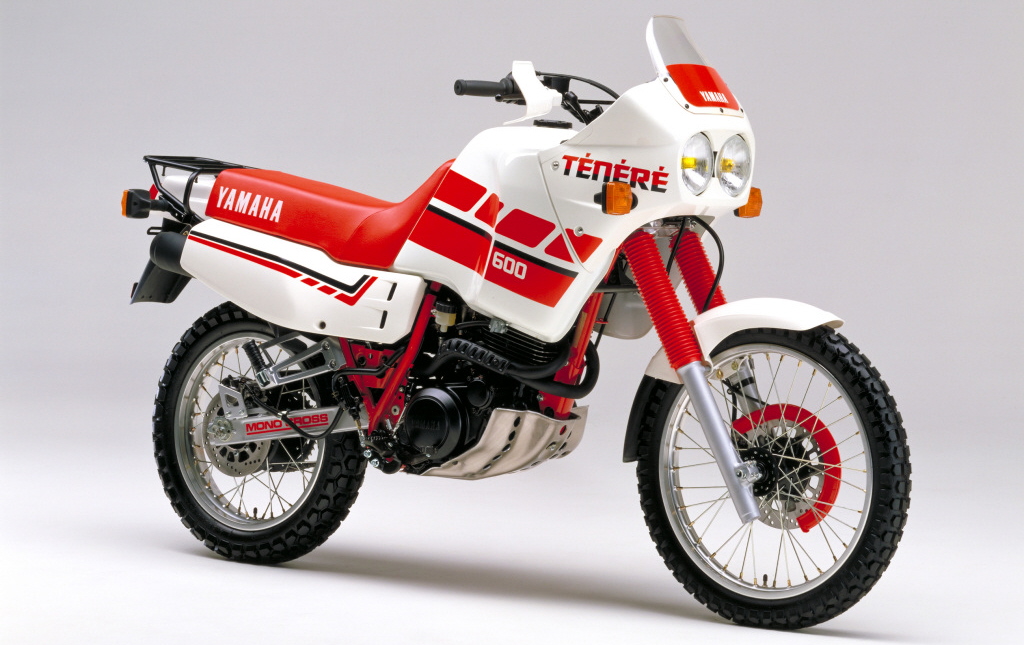
Porsche 911 953
Inspired by F1 driver Jackie Ickx, in 1984 Porsche entered three heavily modified 911s in the Paris-Dakar Rally. The 953 as it was known came with heavily adapted suspension and a manually controlled AWD system. This new transmission was a development that went into the groundbreaking 959 production concept that appeared around the same time. This was the basis of the system that was built into the supercar a year later. Few off-road cars have looked as good as a jacked up 953 in full Rothmans livery tearing across the deserts of North Africa. The team finished 1st, 6th and 26th in the overall classification of that year’s particularly gruelling race, which covered over 12,000 KM and crossed eight national borders. Not bad for a first attempt.
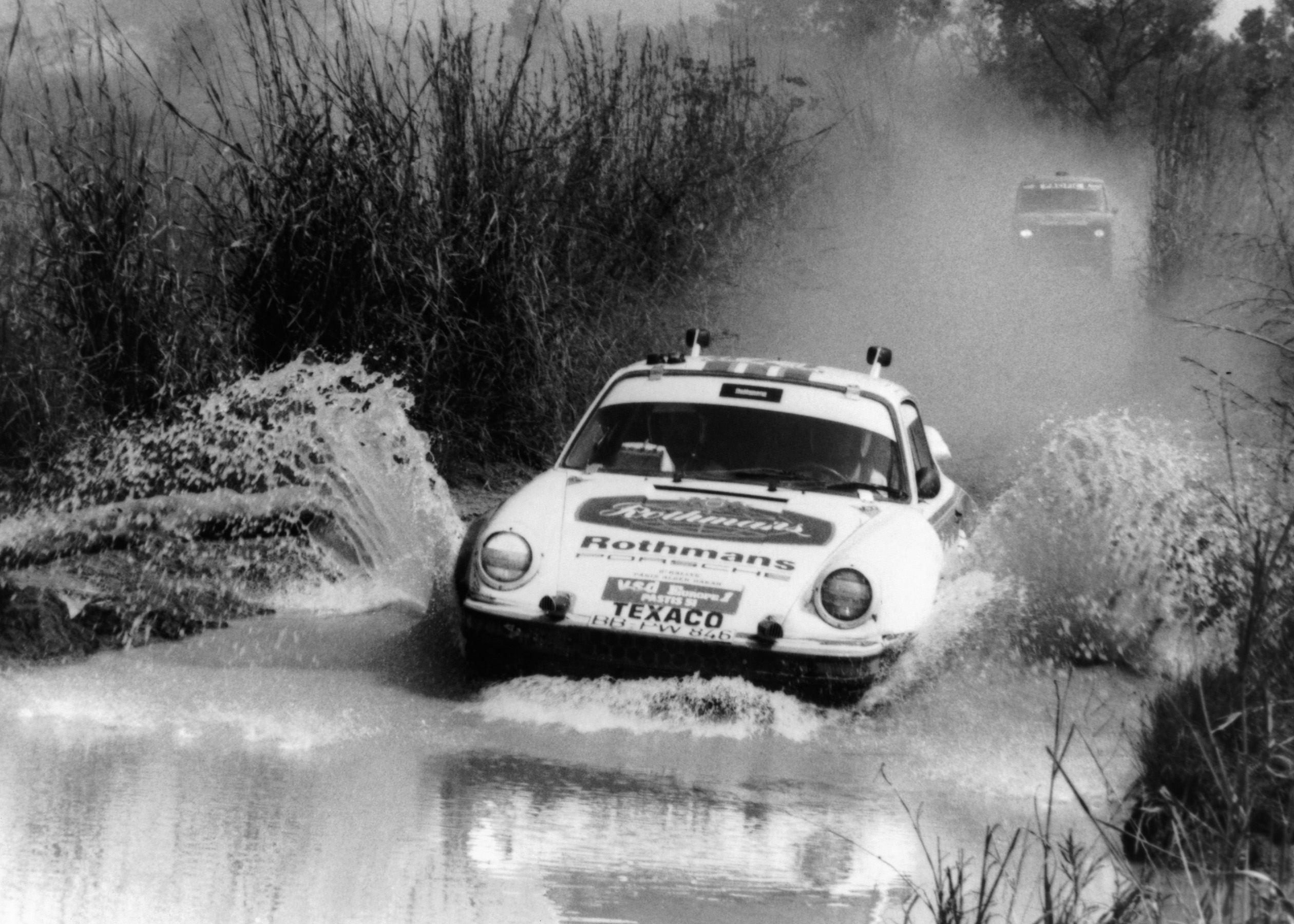
BMW R80GS
Beemer’s twin pot airhead enjoyed huge success at the early Dakar rallies. They were the first in the series of bikes designed by Motorad with a truly dual purpose. GS stands for Gelande/Strasse, (Country/Road) after all. The bike was developed for BMW by engineer Rüdiger Gutsche, who had won the International Six Days Trial on a tweaked R/75/5. The first G/S was fitted with an 800cc boxer engine fitted into an adapted R65 frame. The engine itself came with electronic ignition and a lighter flywheel than was standard on the road bikes. There was also on the GS series the new mono lever suspension system, which drew together a single-sided swing arm and drive shaft and a single shock. This system enabled the rear wheel to be removed easily with the bike on the centre stand. This gave the bike better rear travel and was lighter than existing dual shock systems. You could get the bike straight from BMW with a 32-litre tank, a solo seat, stainless steel exhaust and a larger battery. These options meant that for the first time your bike would be ready for adventure travel straight from the manufacturer. The perennially brilliant build quality, reliability and mechanical simplicity of BMW proved perfect for the new and burgeoning adventure market in the early eighties. Consequently of course the GS series of bikes are the most successful out there. Unmolested examples go for silly money these days. And justifiably so.
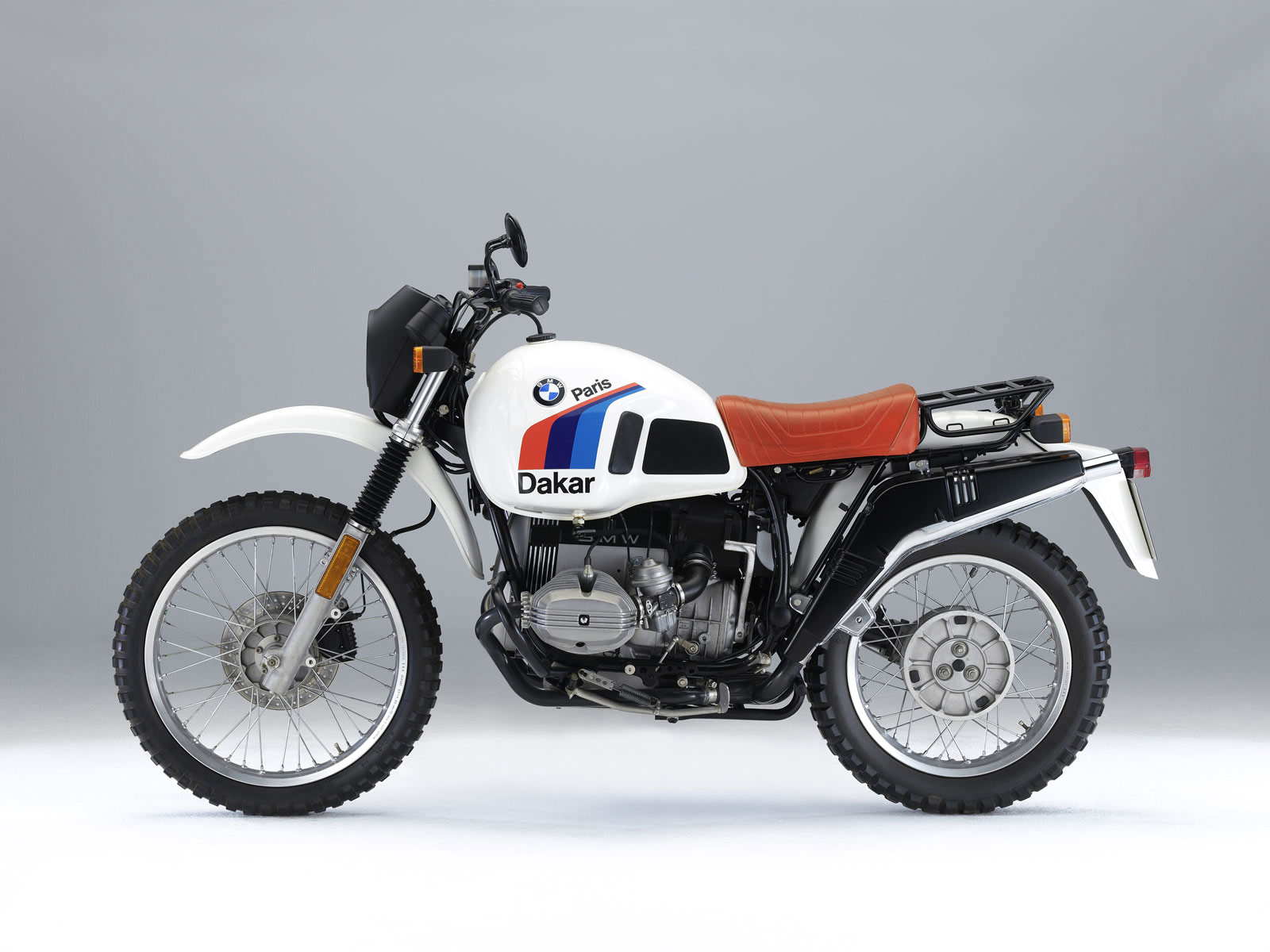
Bowler EXR-S
Bowler of course have always specialised in producing customer-spec rally raid cars and Dakar specials, but in 2012 they brought their expertise to the road for the first time with the EXR-S. This machine is a 550BHP monster of a hyper SUV – a raid-ready car for the road, based roughly on the Range Rover. In the engine compartment is a tweaked Jaguar-Land Rover supercharged V8 that produces around 550 BHP and over 700lb/ft of torque. It comes with permanent 4WD, with locking diffs on both axles. You can adjust your power split accordingly. It comes with bucketloads of power and traction, but with the levels of oversteer and yaw would expect of a beast like this, which weighs up to 1800KG. Is it possible to drive as precisely in the African desert as you would on the streets? Who cares? It’s hella fun.
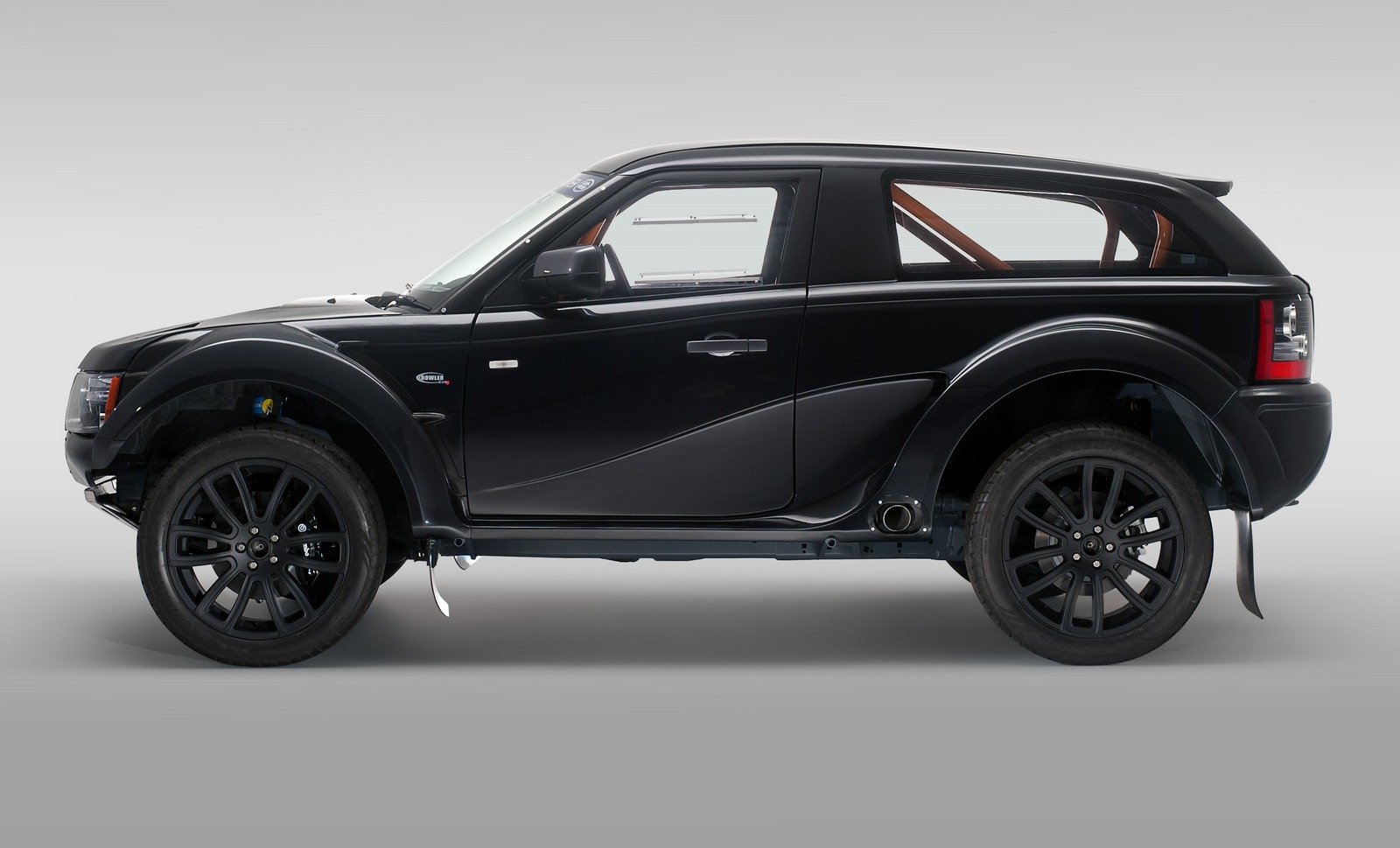
The Africa Twin
Adventure bikes these days are so alike all in all that it’s difficult to tell them apart. Modern designs seem intent on out-teching the next company. The new Africa Twin, however (above), looks somehow apart from the beak nosed GSs, the slab-sided KTMs and the mutant Yamaha Super Tens littering the showrooms. The current iteration is a long awaited return of a pretty totemic Honda sub-brand. It packs an all-new 4-stroke 1000cc parallel twin engine. It apparently has the muscle to take on extreme off-road environments, offers smooth comfort for long distance touring, and sprightly agility for the everyday commute. The standard manual version of the Africa Twin has a lightweight six-speed manual gearbox that uses the same shift-cam design found on the trusty CRF250R/450R – and is equipped with an assist slipper clutch. Coupled with a large 18.8 litre fuel tank and top fuel efficiency, it has a range of up to 248 miles. You can also opt for the new ‘DCT’ system, which part from offering a wide range of electronic auto settings, comes loaded with incline detection, which alters the gear shift pattern depending on the grade of the incline. This means you get the right torque on steep climbs and improved engine control for deep descents. All this though, is building on the success of the late eighties version of the Africa Twin. Proper offroad riding can really benefit with all that tech wizardry. But I reckon we’d opt for the simplicity that came with 1988.
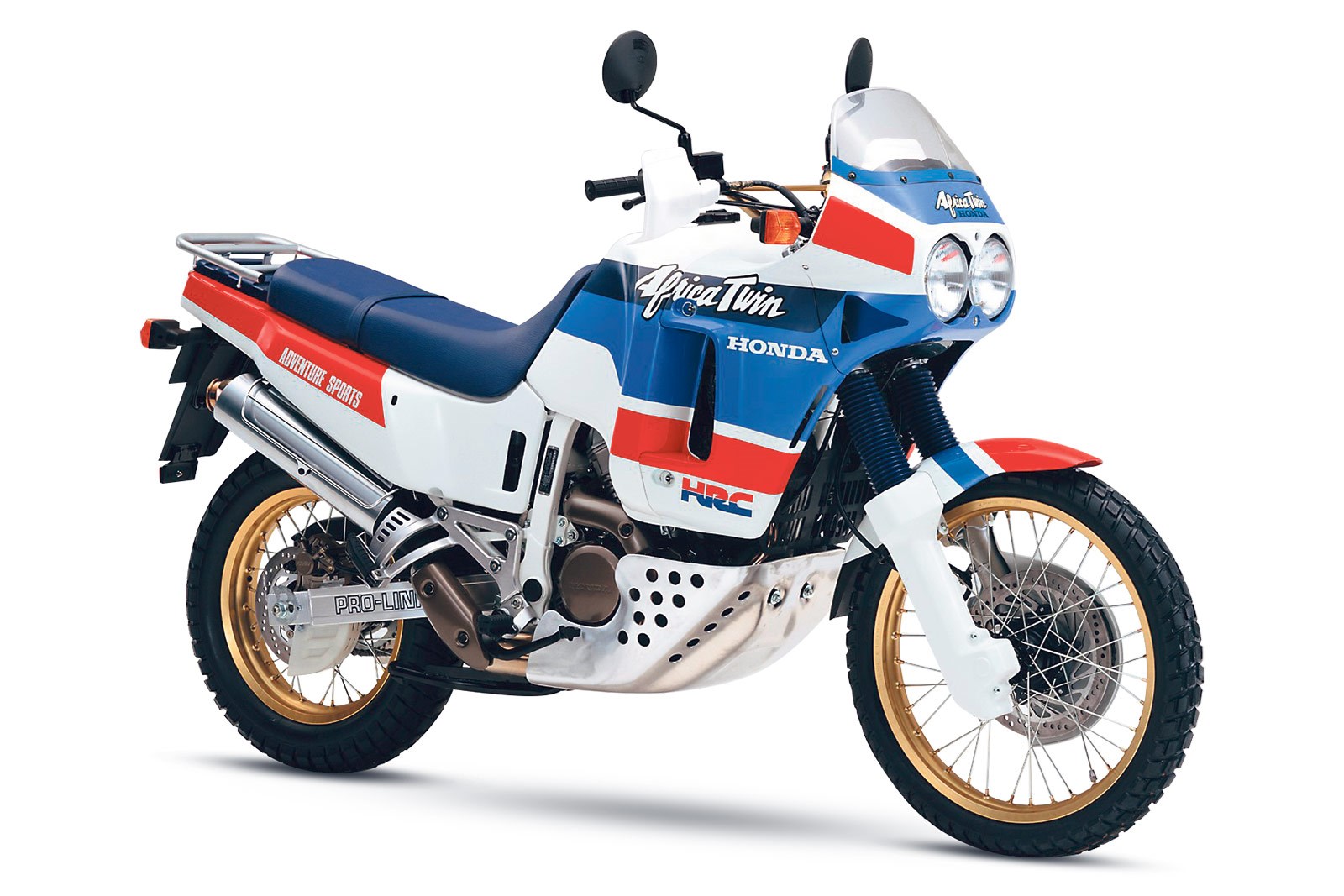
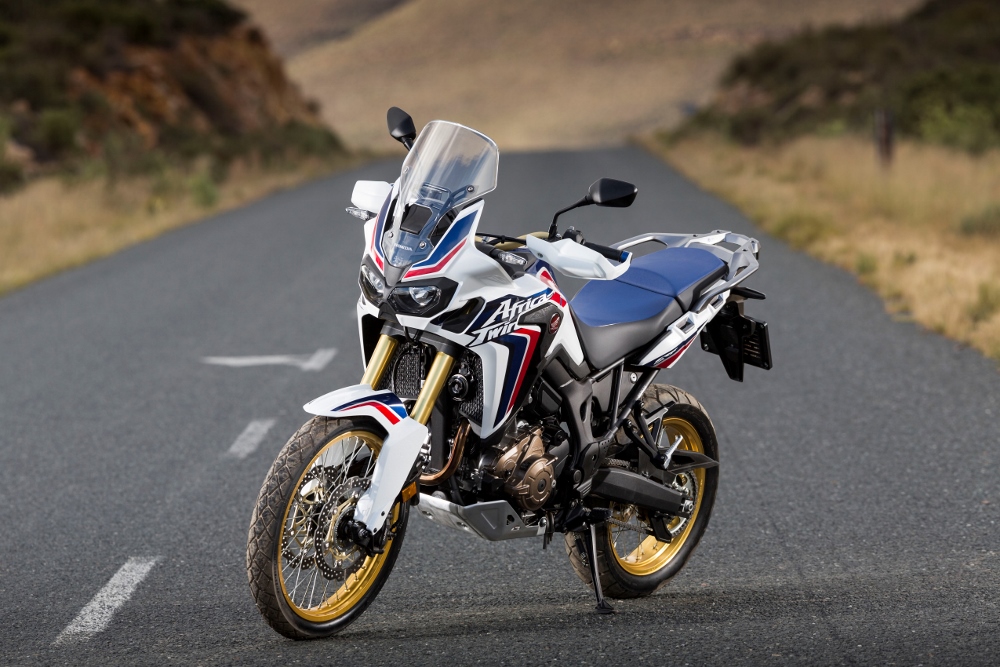
CLICK TO ENLARGE










How can you leave out the Mitsubishi Pajero Evolution ? Winning overall twelve times since 1979. The most winning car in the events history. And you can still buy them and enjoy the ‘Dakar’ experience. I should know, I own one.